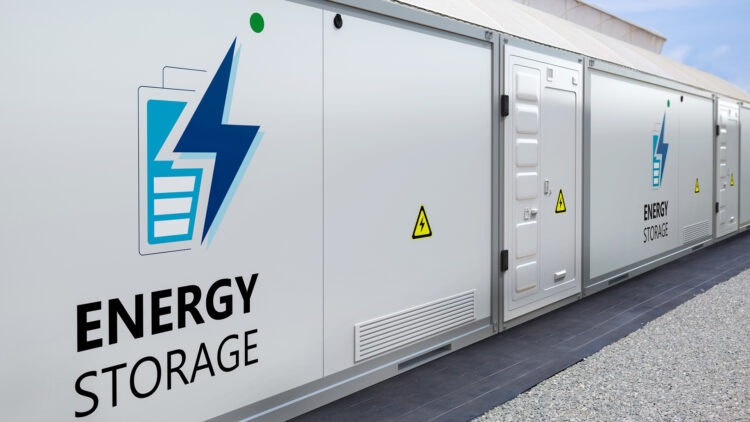Earn revenue for helping the grid maintain its reliability with the
APS Peak Solutions Program
If you are a commercial and industrial energy user in the APS service territory, you could be earning revenue through its Peak Solutions demand response program. The program pays participants for reducing electric energy during times of high usage on the APS grid. The program is a low-to-no-risk, high-reward opportunity to generate hundreds to hundreds of thousands of dollars depending on the amount of energy you can curtail.
This program is offered through CPower. Registration and enrollment are simple. If grid reliability, corporate citizenship, and revenue are important to you and your organization, contact CPower for a no-cost facility assessment and earnings estimate today.
Call or fill out the form to learn more!

Your CPower team is with you every step of the way and can help you earn even more revenue by participating in other demand-side energy management programs.
Learn more about the APS Peak Solutions Program

The Need for Virtual Power Plants Heats Up When the Weather Cools Down
*This article first appeared on Environment+Energy Leader on Feb. 25, 2025. Click here to view. As a blast of Arctic air swept through the U.S. on Jan. 22, PJM’s winter electricity demand reached an all-time high of 145,000 MW, breaking...
Read moreCPower Execs Predict 2025 Energy Trends
The energy industry faces uncertainty as 2025 draws near but key trends and issues provide some predictability. For instance, as in 2024, demand for electricity will accelerate while generation capacity constricts. As a result, virtual power plants and other immediately...
Read moreBeyond Backup Power: How Energy Storage Optimizes the Grid and Reduces Energy Costs
We’re excited to have our technology partner Lithion Battery contribute this guest column for The Current. Large energy users like commercial and industrial customers have long benefited from backup batteries that have kept their operations running when the grid goes...
Read more


